Inverbosques and Trafigura use eDNA to Guide Large-Scale Afforestation/Reforestation in Colombia
NatureMetrics has partnered with InverBosques and Trafigura to monitor soil biodiversity recovery across 10,000 hectares of afforested/reforested savanna in Colombia's Vichada region. Using eDNA technology, the project tracks the biological transformation from degraded land to thriving forest ecosystems, revealing promising shifts in fungal communities and supporting InverBosques' ambitious mission to restore 190,000 hectares.
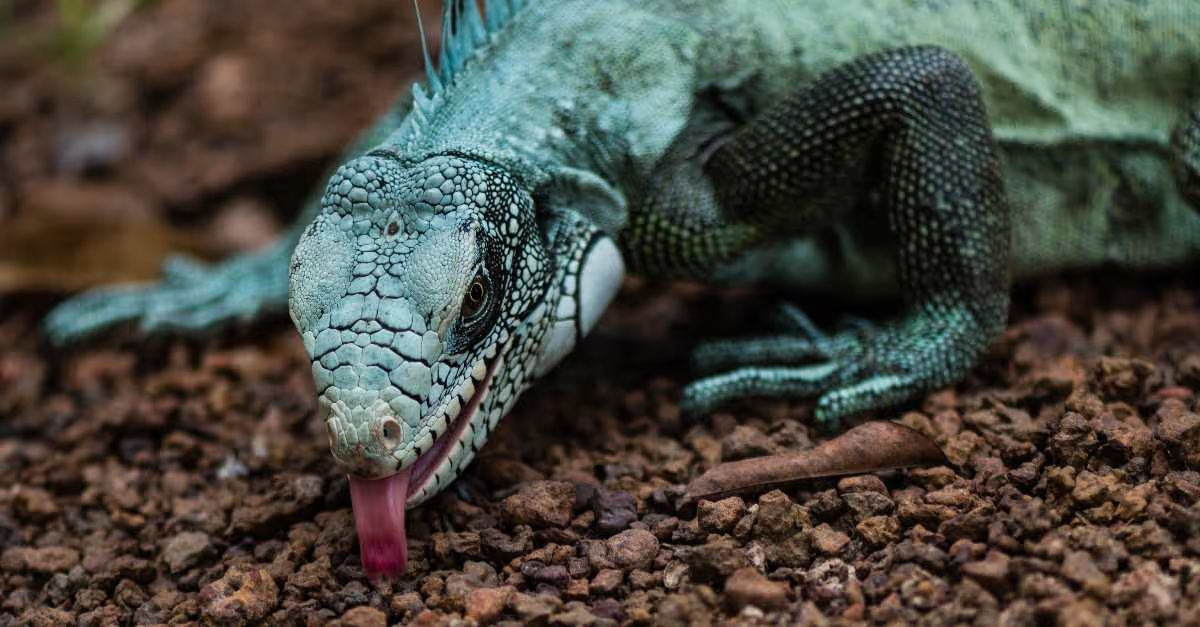
A collaboration between
Project Snapshot
Overview
InverBosques, a Colombian company specializing in sustainable forestry projects, has embarked on an ambitious mission to restore 190,000 hectares of degraded savanna in Colombia's Orinoco region. In partnership with global commodity trading company Trafigura, InverBosques is transforming barren land into thriving forest ecosystems, with over 10,000 hectares already planted.
To track the biological transformation of the landscape and guide their restoration efforts, InverBosques and Trafigura turned to NatureMetrics' environmental DNA (eDNA) technology. eDNA data collected at scale allows for comprehensive monitoring of soil biodiversity, providing crucial data on the health and functionality of the ecosystem as it recovers. The project aims not only to capture carbon and generate carbon credits but also to restore biodiversity and create a model for large-scale ecological restoration in degraded tropical savannas.

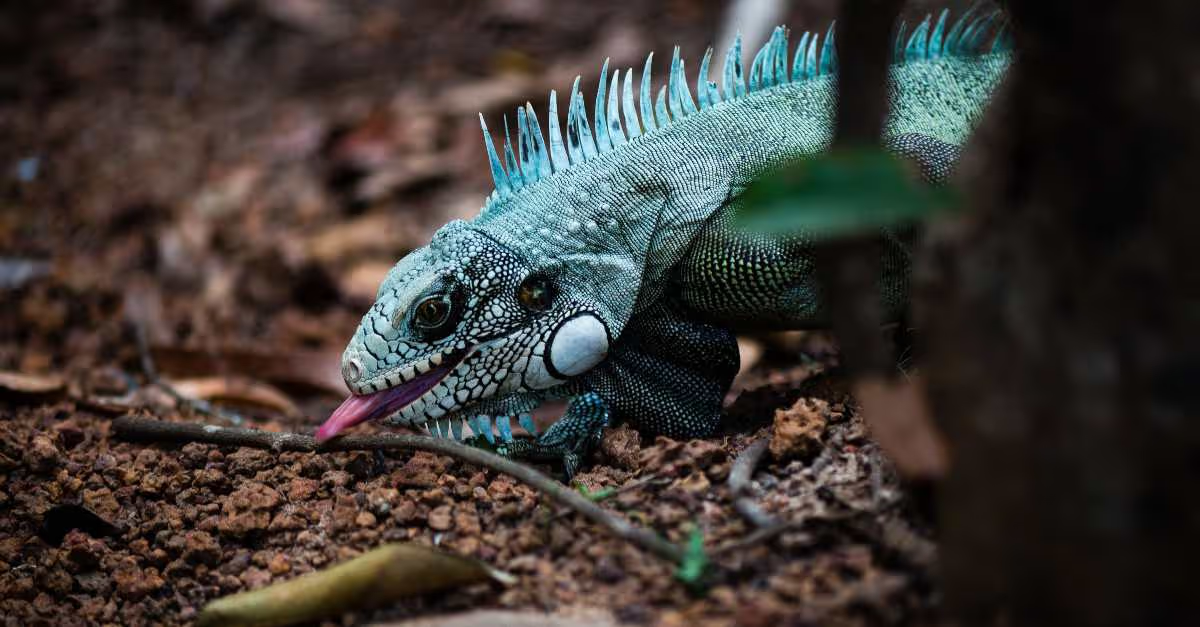
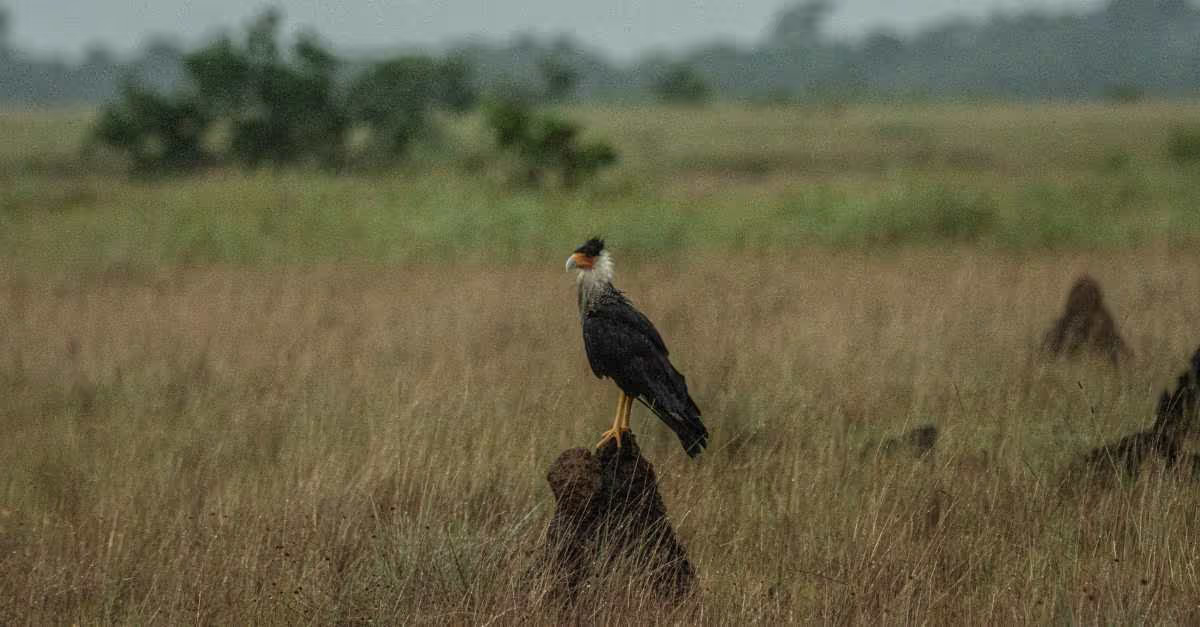
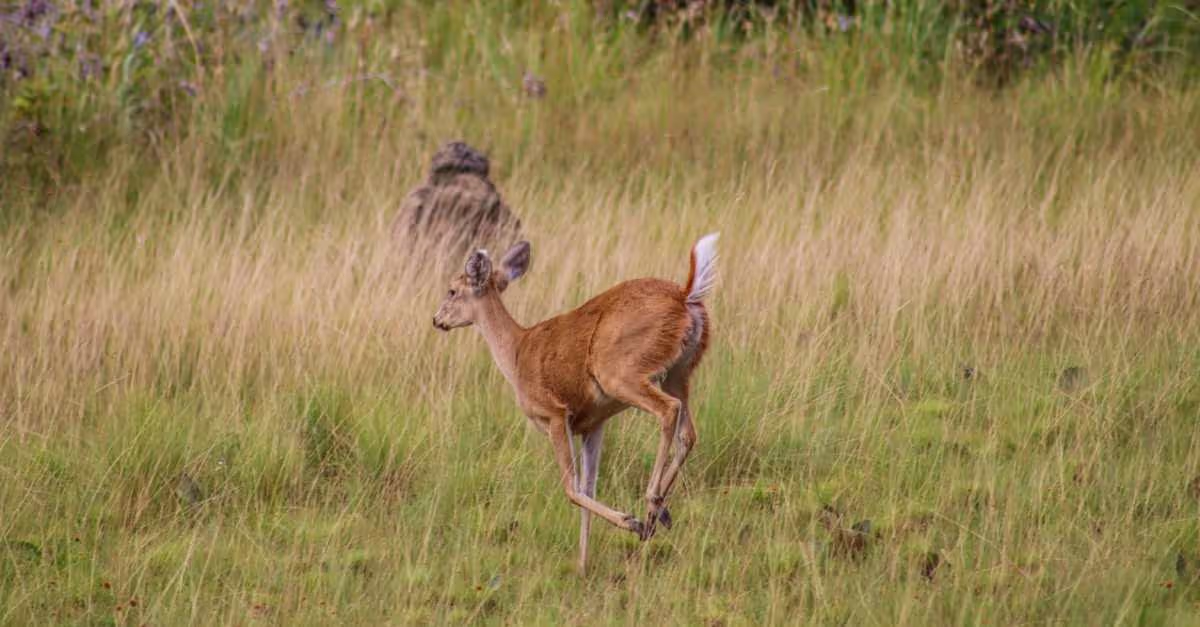
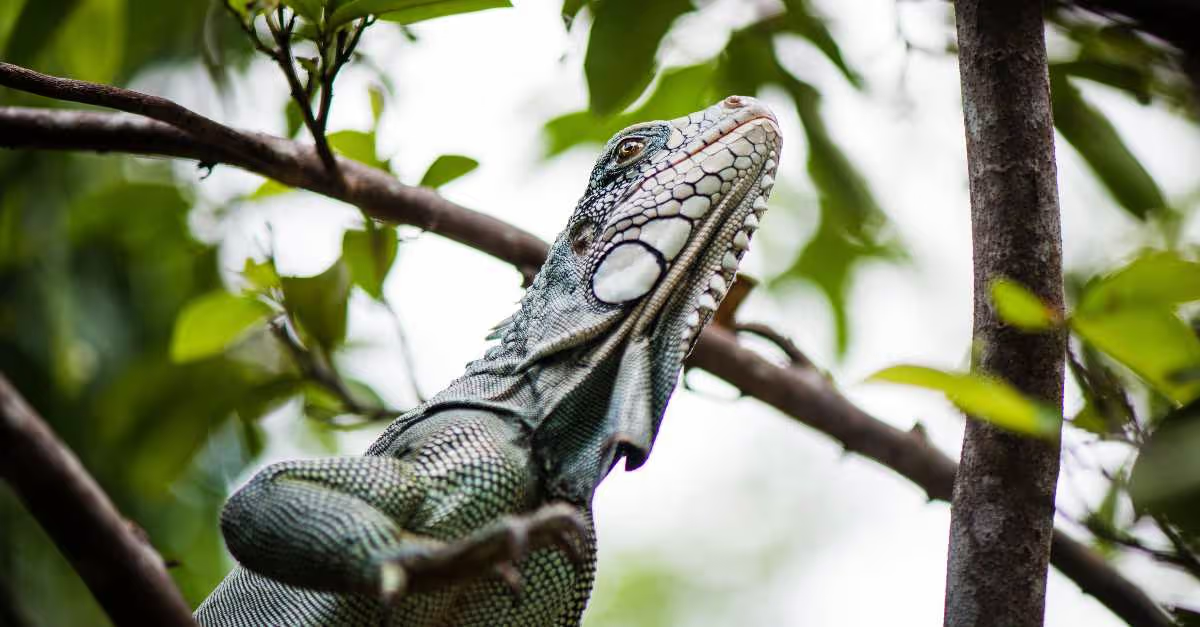
The Challenge
The Orinoco savannas of Colombia's Vichada region have suffered decades of degradation due to frequent fires, deforestation, and unsustainable land use practices. This has resulted in severely depleted soil health and reduced biodiversity. InverBosques and Trafigura faced the challenge of not only afforesting and reforesting this vast area but also monitoring, verifying and quantifying the ecological recovery of the land.
Traditional biodiversity monitoring methods were insufficient to capture the full scope of changes occurring in the soil as the ecosystem transitioned from degraded savanna to forest. InverBosques and Trafigura needed a way to:
- Establish baseline biodiversity data for degraded areas
- Track changes in soil biodiversity as reforestation progressed
- Compare soil recovered planted areas to natural forest reference sites
- Gather data to support carbon credit verification and biodiversity net gain calculations
- Inform adaptive management strategies for their soil restoration through afforestation restoration efforts
Additionally, the scale of the project (190,000 hectares) required a monitoring solution that could provide comprehensive data efficiently and cost-effectively across a large area.

Our Role
NatureMetrics supported InverBosques and Trafigura in implementing a comprehensive soil eDNA monitoring program across their vast project area and focused on the infomation that can be gathered in the already planted land. Our role began with designing a strategic sampling plan to capture biodiversity data from five distinct ecosystem types: degraded savannas, petroferric savannas, Eucalyptus plantations (both seedling and clone), and natural forest reference sites. This approach enabled crucial comparisons between degraded, restored, and target ecosystems. We provided easy-to-use eDNA sampling kits and trained local teams, ensuring efficient and standardised data collection across the expansive project area. We used eDNA metabarcoding to analyse 50 soil samples, identifying fungi and other soil organisms present in each sample and generating a comprehensive inventory of soil biodiversity across the different ecosystem types.
To provide deeper ecological insights, we developed custom fungal functional profiles, assessing the ecological roles of detected fungi and offering a nuanced understanding of soil health and ecosystem functionality beyond simple species lists. To help InverBosques interpret the complex biodiversity data and track changes over time, we created clear data visualisations and reports, including radar plots showing shifts in fungal functional groups across ecosystem types. Throughout the project, we provided ongoing support and consultation, helping InverBosques integrate eDNA data with other monitoring efforts and use the insights to inform their restoration strategies, ultimately contributing to the success of this ambitious reforestation initiative.


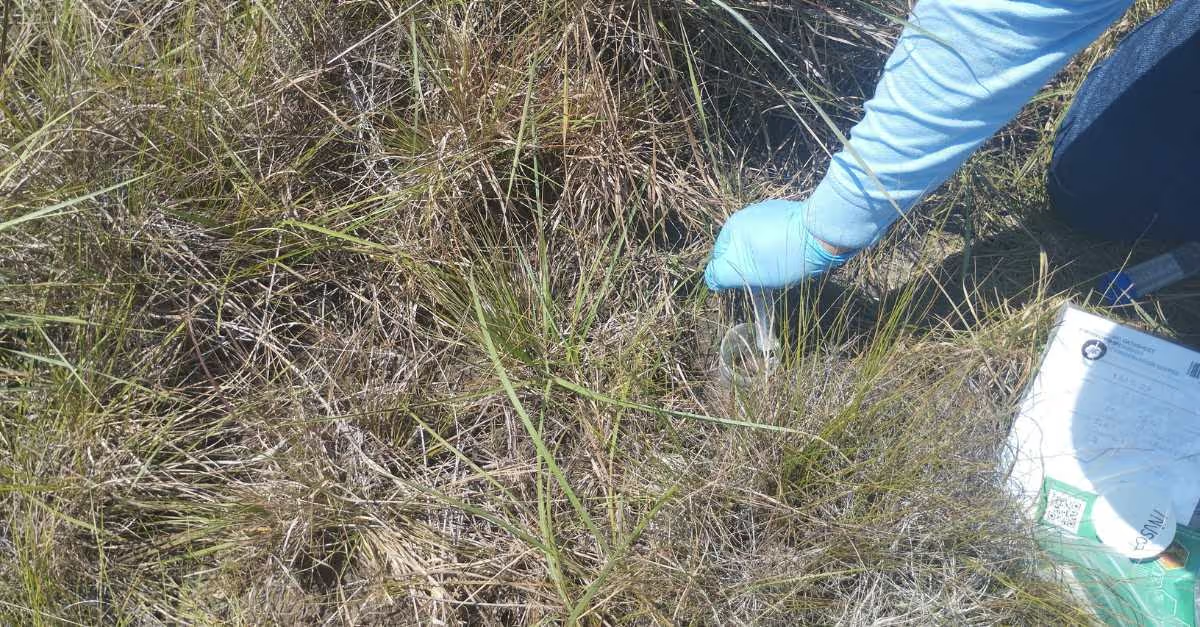
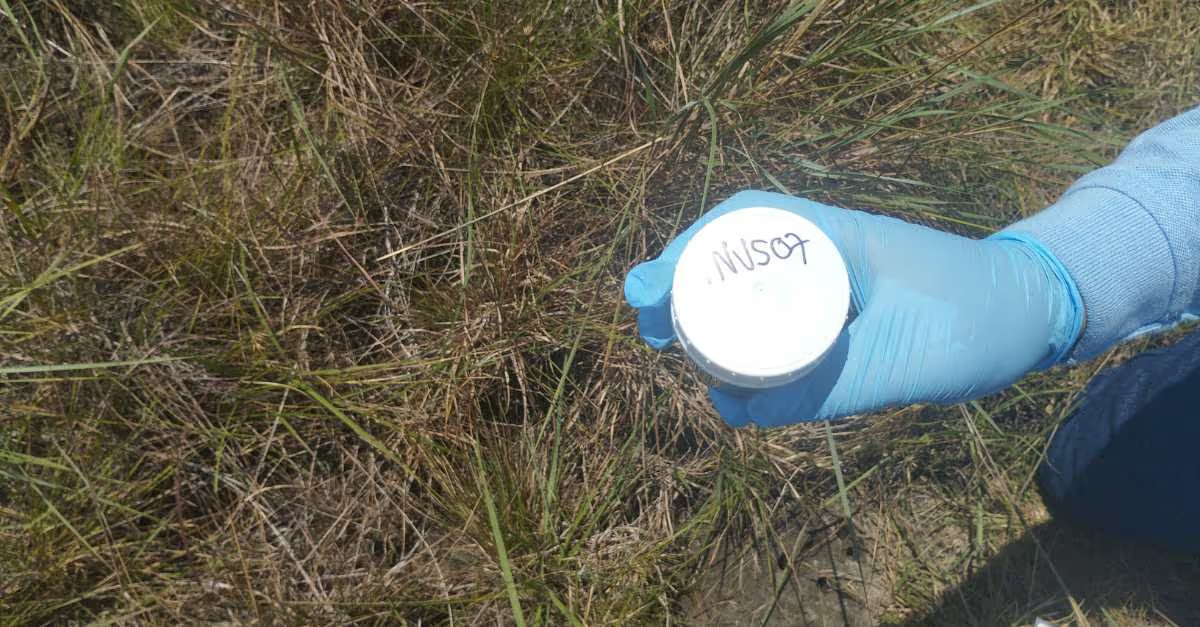

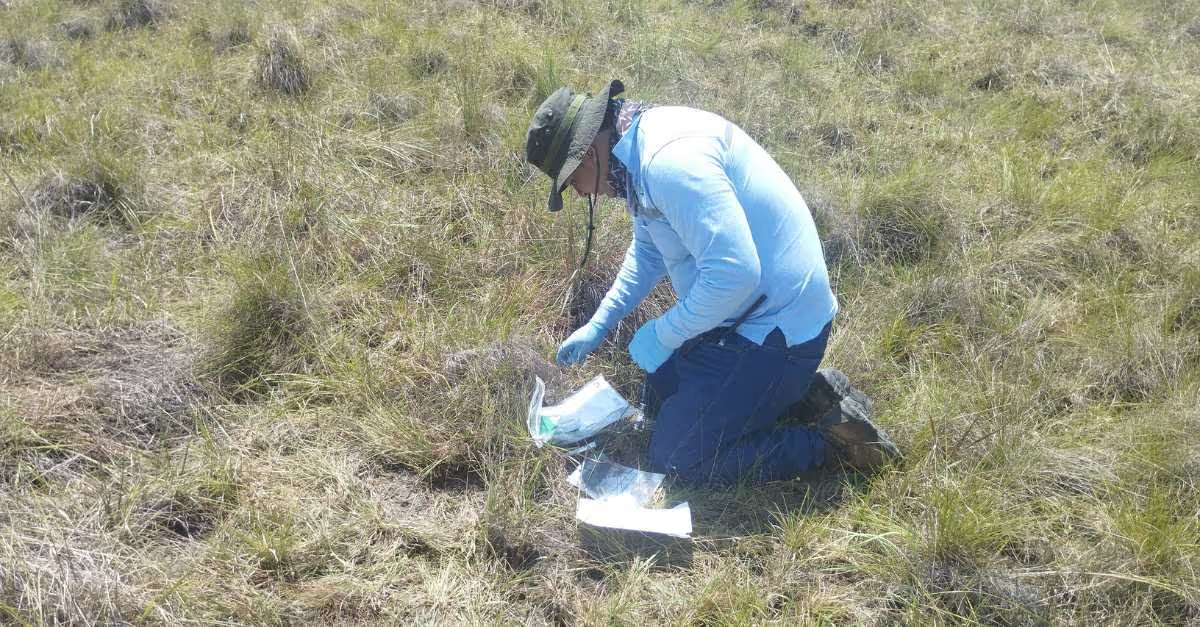
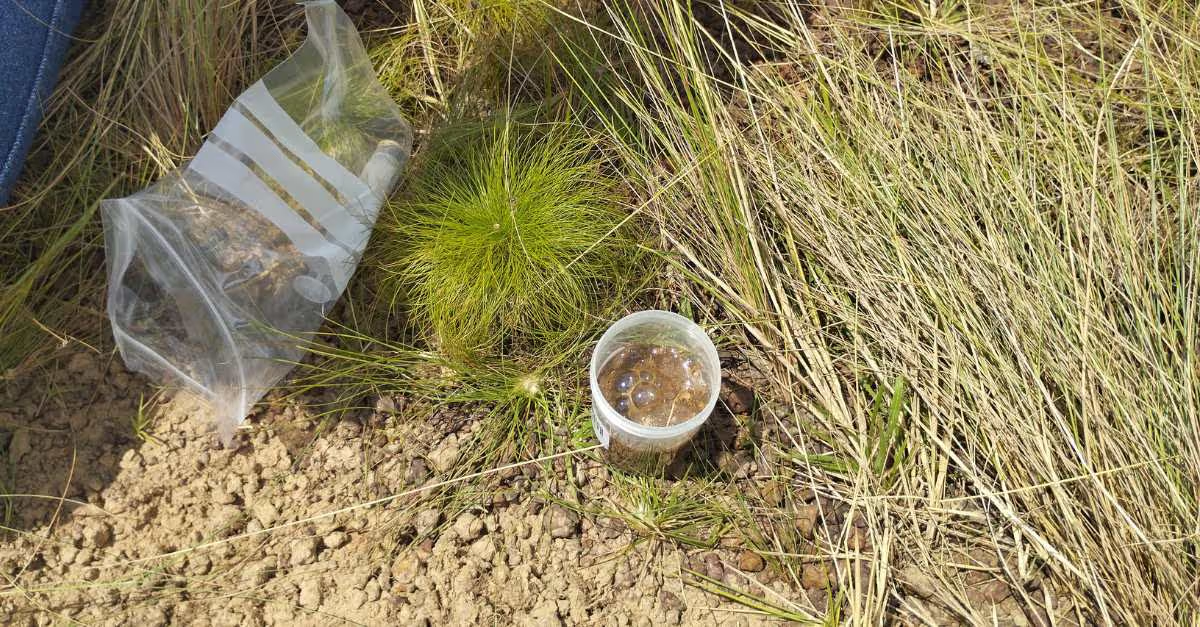
The Findings
eDNA analysis revealed a rich soil biodiversity across the project area, detecting over 1,500 fungal species in the 50 soil samples analysed. By exploring the microscopic diversity it was revealed that Eucalyptus plantations harbored higher fungal diversity than both degraded and petroferric savannas, indicating successful biodiversity increases through reforestation efforts.
A clear shift in fungal functional groups emerged between degraded and restored areas. While degraded savannas showed higher proportions of plant pathogenic fungi, Eucalyptus plantations and natural forests exhibited increases in beneficial groups like ectomycorrhizal fungi and wood saprotrophs. Notably, the fungal communities in Eucalyptus plantations shared similarities with natural forest sites, particularly in the abundance of wood saprotrophs, suggesting the plantations are successfully recreating key soil conditions found in natural forests.
Ectomycorrhizal fungi, crucial for forming symbiotic relationships with tree roots, were particularly abundant in Eucalyptus plantations, indicating the development of a healthy below-ground ecosystem supporting tree growth. The data painted a clear picture of soil ecosystem recovery, from degraded savanna through young plantations to more established forest areas, providing a comprehensive roadmap for monitoring restoration progress over time.

Victor Giraldo
Technical Director, Carbon & Biodiversity at Trafigura
The Impact
The eDNA monitoring program has significantly influenced the afforestation/restoration project, providing scientific validation of their soil restoration approach. The data offers concrete evidence that their efforts are successfully increasing soil biodiversity and shifting the ecosystem towards a more forest-like state, supporting their innovative "restoration bridge" concept of using Eucalyptus as a transitional species. Insights from the fungal functional profiles are informing and optimising restoration strategies, such as guiding decisions on when and where to introduce native tree species based on the development of mycorrhizal networks.
This comprehensive biodiversity data enhances InverBosques' and Trafigura’s impact reporting capabilities, strengthening carbon credit verification processes and enabling more robust calculations of biodiversity net gain. The implementation of regular eDNA monitoring over time will support adaptive management, ensuring the project remains on track to achieve its biodiversity and carbon sequestration goals. Clear, visual representations of soil biodiversity improvements also facilitate effective communication of the project's positive impacts to investors, local communities, and environmental regulators.
The success of the initial eDNA monitoring has led to an expanded collaboration. Beginning this autumn, the project will collect 80 additional soil samples, factoring in tree species and plantation age. Aquatic eDNA sampling will also be introduced alongside traditional fish netting methods, providing a more comprehensive view of biodiversity across both terrestrial and aquatic ecosystems.
The efficiency and comprehensiveness of eDNA monitoring make it feasible to track biodiversity across the entire 190,000-hectare project area, a crucial factor for large-scale restoration initiatives. Beyond the immediate project, the data gathered contributes to the broader scientific understanding of ecosystem recovery in tropical savannas, potentially informing restoration efforts on a global scale. The decision to expand the study underscores the partners' commitment to data-driven restoration and highlights the value of eDNA technology in guiding and verifying large-scale ecosystem recovery projects.

Natalia Quevedo
CEO of InverBosques





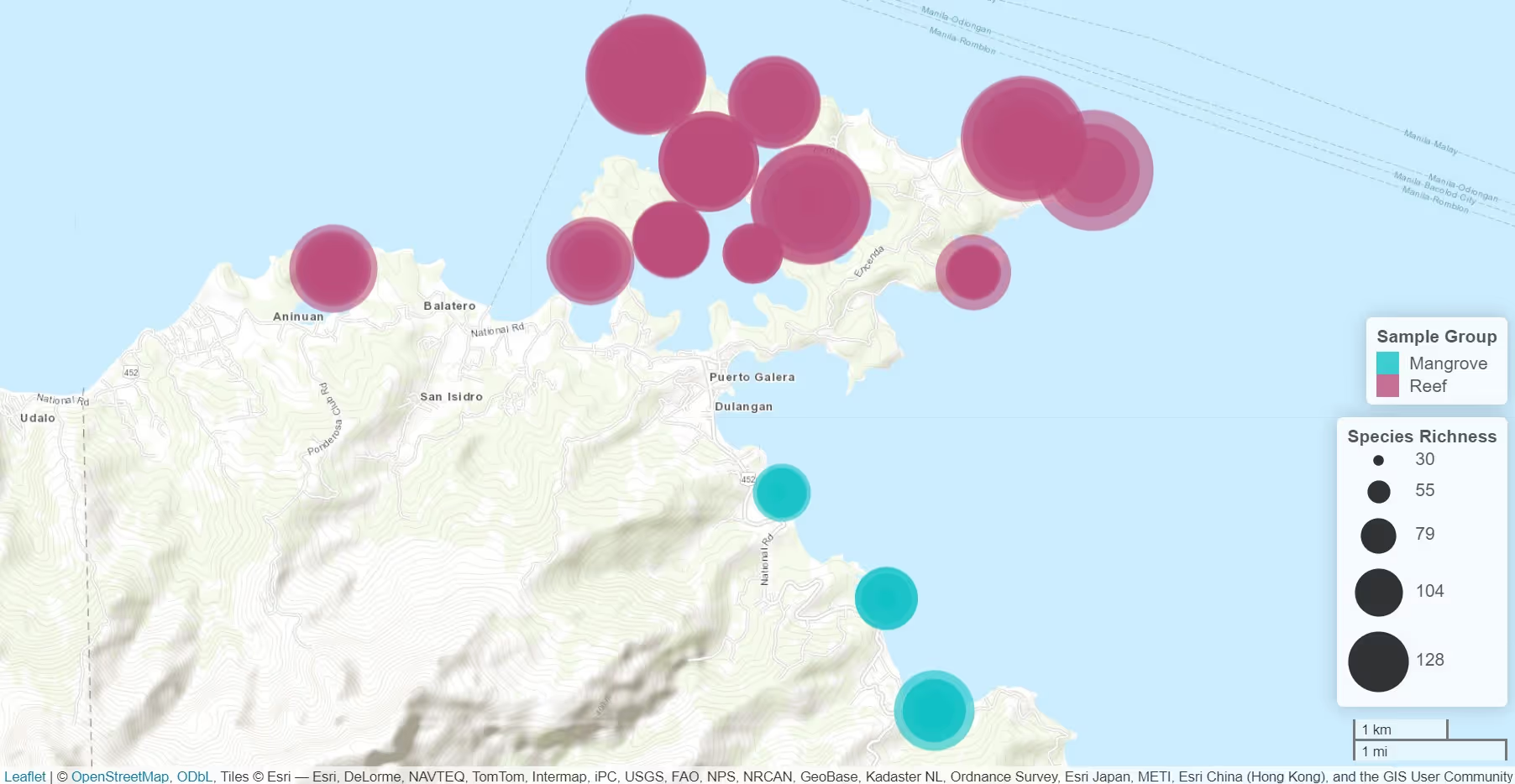
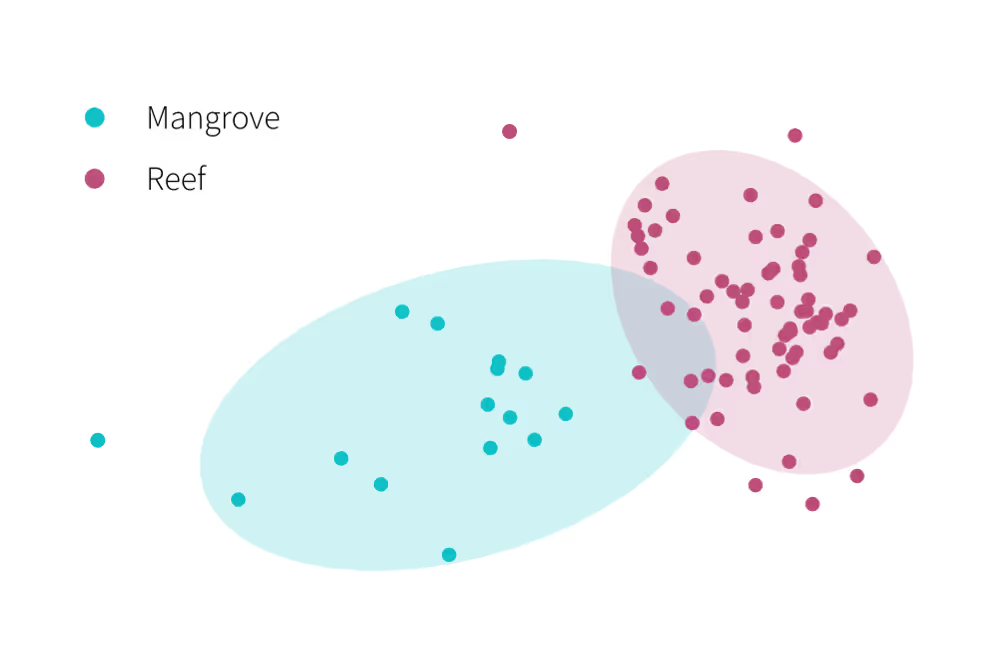
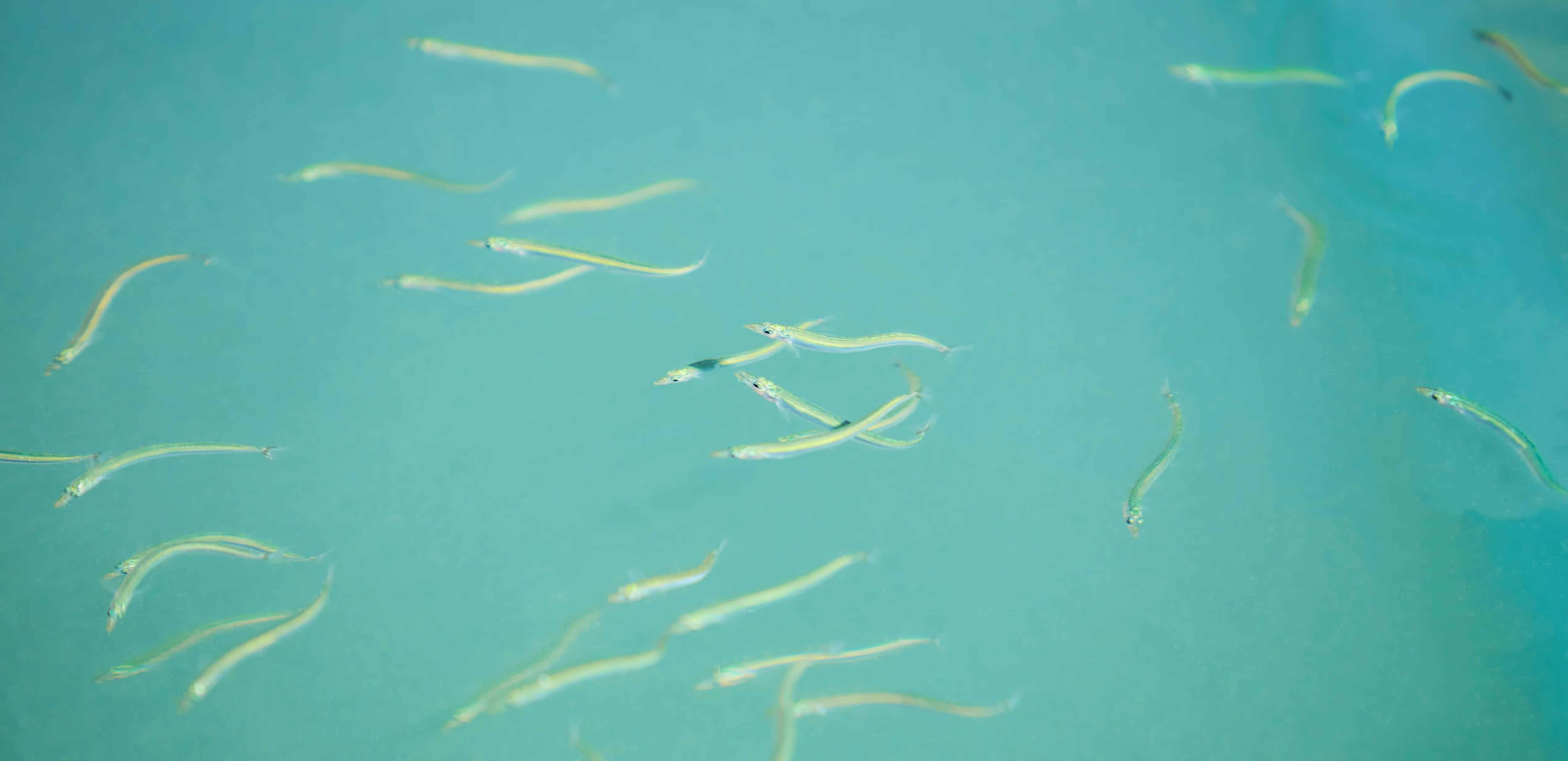
.avif)